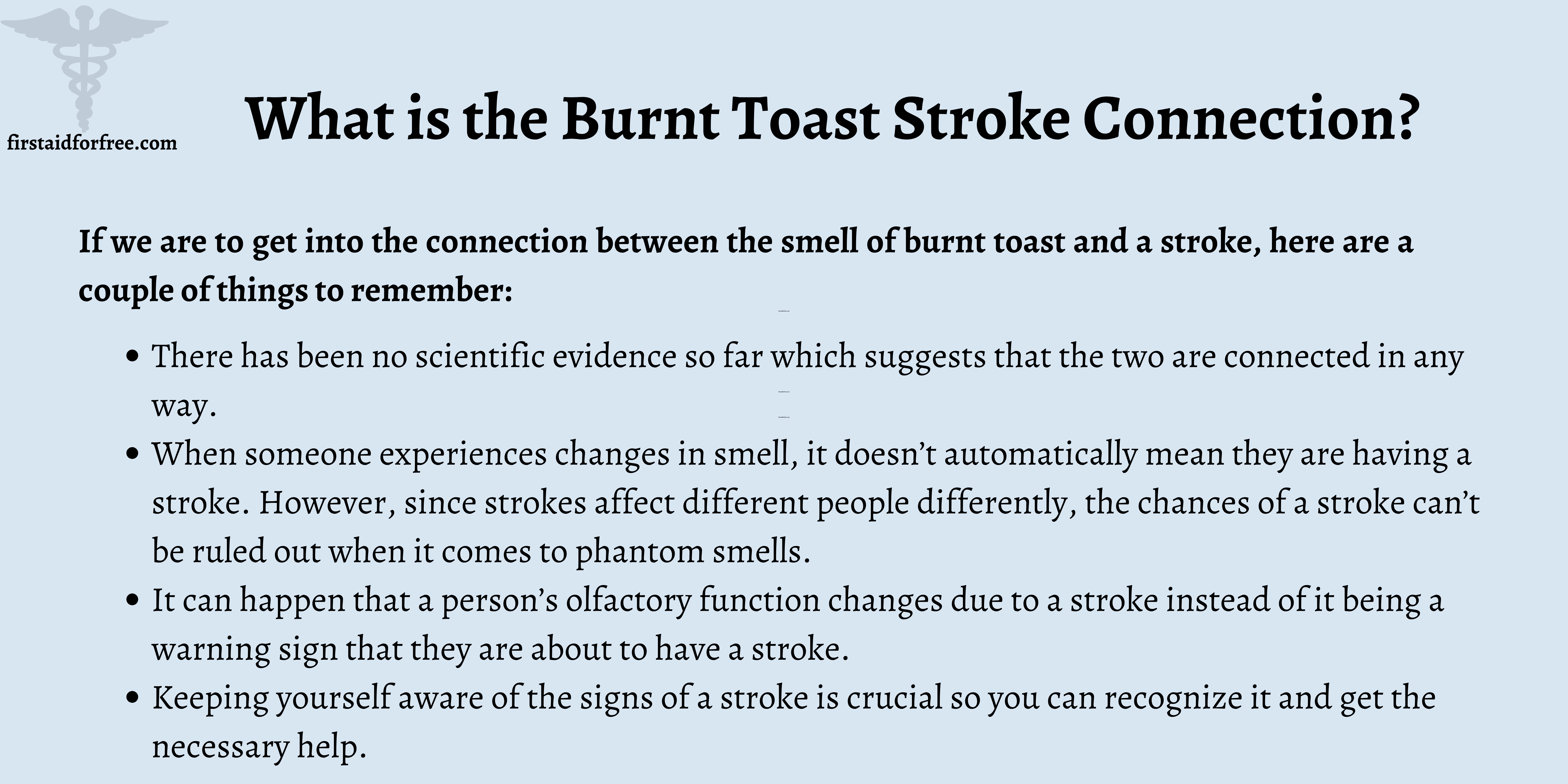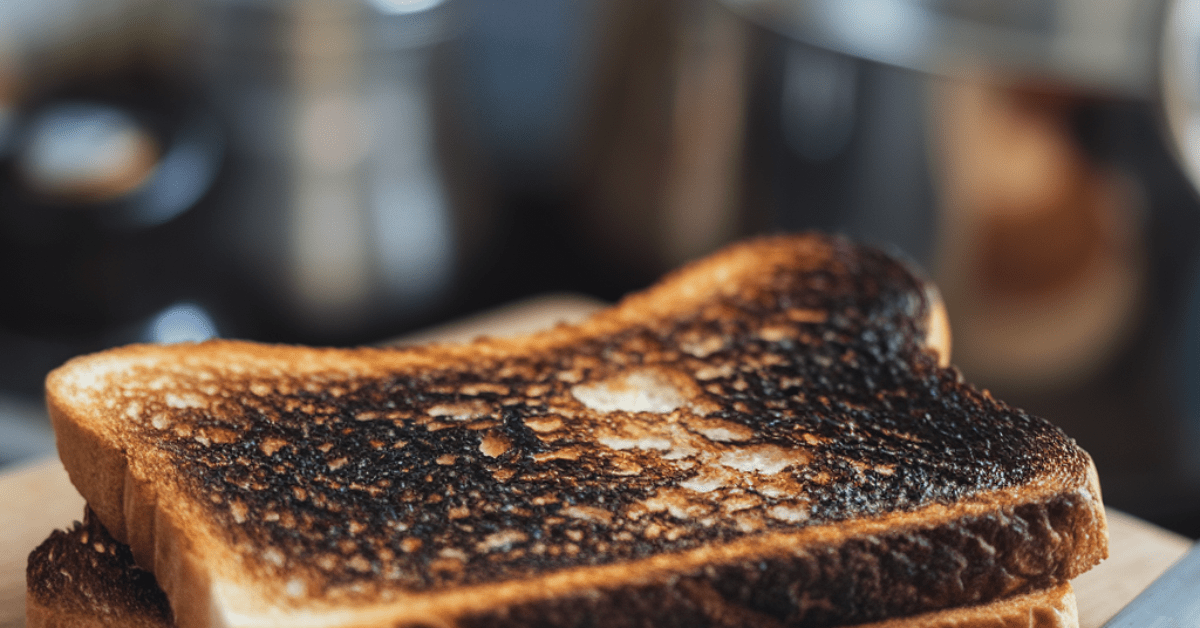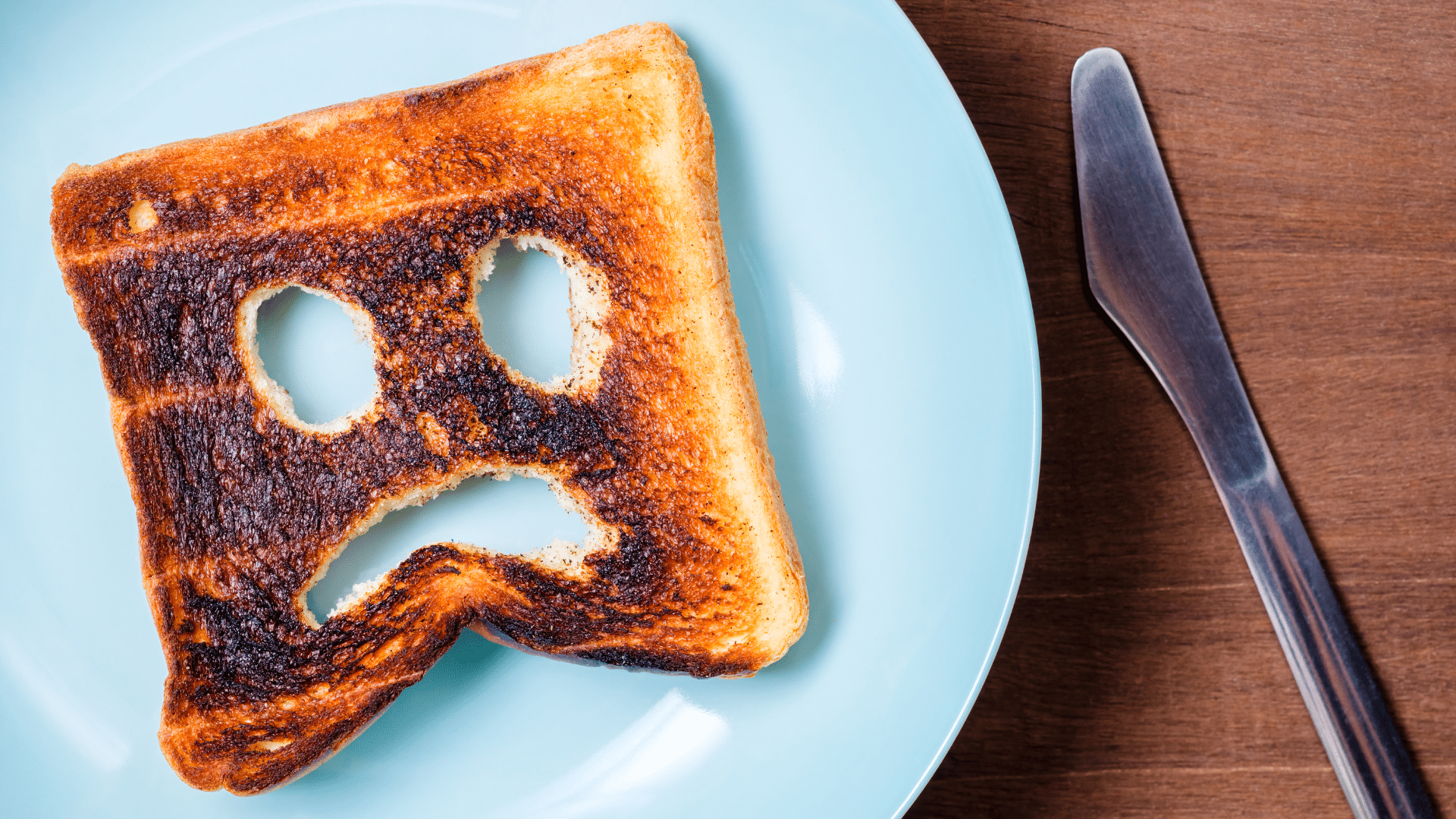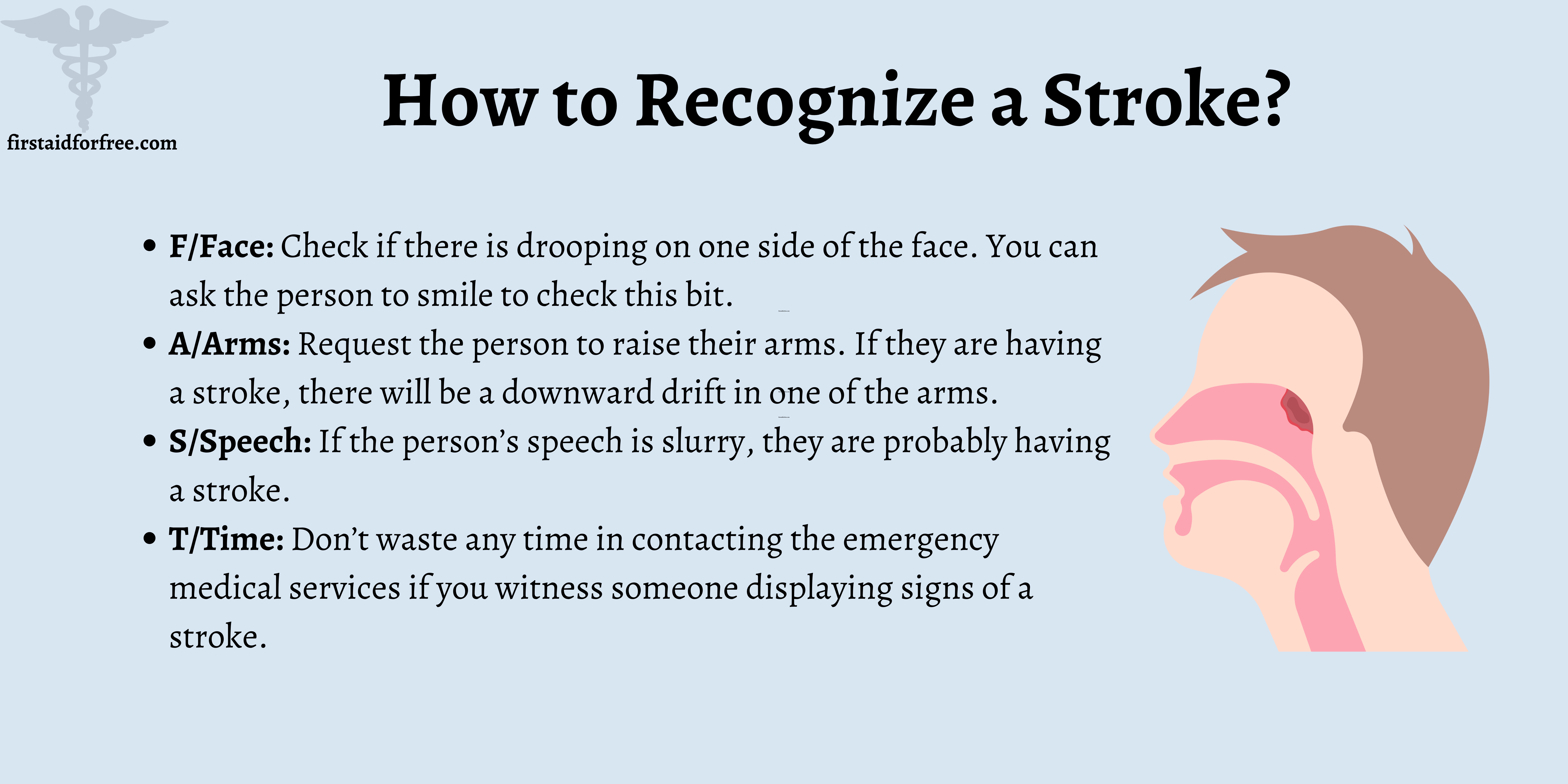What Is Smelling Burnt Toast A Sign Of

That acrid scent of burnt toast... it's a smell most of us recognize instantly. But what if you smell it and there's no toast in sight? It can be alarming, and while it might occasionally be a harmless electrical anomaly, it's crucial to investigate to ensure your home is safe.
The Likely Culprit: Your Toaster (and How to Troubleshoot It)
The most common source of that burnt toast smell, when there's no actual toast burning, is indeed your toaster. Over time, crumbs accumulate, heating elements degrade, and sometimes, things just…go wrong. This guide will walk you through safe, step-by-step troubleshooting.
Step 1: Safety First!
Before you touch anything, ensure the toaster is unplugged. Never, ever attempt any troubleshooting with the toaster plugged in. Electricity and water (or even metal objects) don't mix! Give the toaster ample time to cool down completely.
Step 2: The Crumb Tray Inspection
This is the most frequent culprit. A full crumb tray can easily overheat and emit that characteristic burnt smell.
- Locate the Crumb Tray: It's usually a slide-out tray at the bottom of the toaster.
- Remove and Empty: Gently pull out the tray and empty it into the trash.
- Clean Thoroughly: Wipe the tray clean with a damp cloth. Make sure it’s completely dry before replacing it.
- Reinsert the Tray: Ensure the tray is fully seated in its slot.
Plug the toaster back in and test it (with no bread inside!) for a short cycle. Does the smell persist? If so, move on to the next step.
Step 3: Visual Inspection of the Heating Elements
Carefully examine the heating elements inside the toaster. Look for:
- Broken Elements: Are any of the wires snapped, burned through, or visibly damaged?
- Uneven Coloration: Do some elements appear darker or more discolored than others? This could indicate uneven heating and potential problems.
- Foreign Objects: Are there any lingering pieces of bread, foil, or other debris stuck to the elements?
Important Note: Do not attempt to touch the heating elements directly, even when the toaster is unplugged. They can retain heat for a while. Use a flashlight and carefully inspect from a safe distance.
If you see broken elements or significant damage, it's generally best to replace the toaster. Attempting to repair heating elements yourself is extremely dangerous and not recommended.
Step 4: Cleaning the Interior (Proceed with Caution!)
If the elements look generally okay, try a deeper cleaning of the toaster's interior. This needs to be done very carefully to avoid damaging the toaster or creating a hazard.
- Unplug the Toaster (Again!): This cannot be stressed enough.
- Turn Upside Down and Gently Shake: Over a trash can or sink, gently turn the toaster upside down and shake it to dislodge any loose crumbs.
- Use a Soft Brush: A soft-bristled brush (like a paintbrush or toothbrush dedicated for cleaning) can be used to gently brush away crumbs from the interior. Avoid using metal objects, as they can damage the heating elements.
- Compressed Air (Optional): Canned compressed air (like you'd use for cleaning electronics) can be used to blow out stubborn crumbs. Use short bursts and avoid prolonged spraying directly onto the heating elements.
- Damp Cloth (Carefully!): Use a very lightly dampened cloth to wipe down the interior surfaces. Ensure the cloth is barely damp – you don't want to introduce excess moisture into the toaster. Let the toaster air dry completely before plugging it in.
Test the toaster again (without bread) after cleaning. If the smell persists, the problem might be more complex.
Step 5: Checking the Power Cord and Outlet
Sometimes, the burnt smell isn't coming from the toaster itself, but from a faulty power cord or outlet.
- Inspect the Power Cord: Look for any signs of damage, such as fraying, cracking, or exposed wires. A damaged power cord is a serious fire hazard.
- Check the Plug: Examine the plug for any signs of burning or discoloration.
- Test a Different Outlet: Plug the toaster into a different outlet to see if the problem persists. This helps determine if the issue is with the outlet itself.
- Inspect the Outlet: If possible, visually inspect the outlet for any signs of burning or damage. If you suspect a faulty outlet, consult a qualified electrician immediately.
Never use a toaster with a damaged power cord or plug. Replace the cord or the entire toaster.
Step 6: The "New Toaster" Smell (and When to Ignore It)
If you've recently purchased a new toaster, a slight "burnt" or "chemical" smell during the first few uses is relatively normal. This is usually due to the manufacturing oils and residues burning off the heating elements.
- Run a Few Empty Cycles: Before toasting bread, run the toaster through a few empty cycles on a low setting.
- Ventilate the Area: Ensure the room is well-ventilated during these initial cycles.
- The Smell Should Dissipate: The smell should gradually diminish after a few uses.
If the smell is strong, persistent, and acrid, even after several uses, it's still worth investigating further. It could indicate a manufacturing defect.
Beyond the Toaster: Other Potential Sources of a Burnt Smell
If you've thoroughly checked your toaster and the smell persists, it's time to consider other potential sources in your home.
Overheated Electrical Components
This is a serious concern and requires immediate attention.
- Check Outlets and Switches: Visually inspect all outlets and switches in the area for any signs of burning, discoloration, or melting. If you find anything suspicious, immediately turn off the circuit breaker that controls that outlet or switch and call a qualified electrician.
- Listen for Buzzing or Crackling: Pay attention for any unusual buzzing or crackling sounds coming from outlets, switches, or appliances.
- Look for Flickering Lights: Flickering lights can be a sign of electrical problems.
- Pay Attention to Appliance Use: Does the smell coincide with the use of a particular appliance? If so, unplug that appliance and have it inspected.
Electrical problems can quickly escalate into a fire. Don't take any chances.
Overheating Appliances
Many appliances can emit a burnt smell if they overheat or malfunction.
- Microwave: Check for food debris inside and ensure the turntable is rotating properly.
- Oven: Clean the oven thoroughly to remove any accumulated grease or food spills.
- Coffee Maker: Descale your coffee maker regularly to prevent mineral buildup.
- Hair Dryer/Styling Tools: These can overheat if the vents are blocked by lint or hair.
- Computers/Electronics: Overheating electronics can emit a distinct burnt plastic smell. Ensure adequate ventilation and clean out dust regularly.
HVAC System Problems
A burnt smell coming from your HVAC system could indicate a problem with the motor, wiring, or heating elements.
- Check the Air Filter: A dirty air filter can cause the system to overheat. Replace the filter regularly.
- Listen for Unusual Noises: Grinding, squealing, or rattling sounds could indicate a mechanical problem.
- Smell the Vents: If the smell is strongest near the vents, it's likely related to the HVAC system.
HVAC repairs are best left to qualified technicians.
Burning Food (Even Remotely!)
Sometimes, the burnt smell is simply lingering from a previous cooking mishap.
- Check the Oven: Even if you think you cleaned it well, there might be hidden food residue.
- Check the Stovetop: Look for burnt spills around the burners.
- Check the Microwave: Microwaves are notorious for trapping smells.
Dust and Debris Burning
Accumulated dust on heating elements or light bulbs can sometimes burn and emit a smell.
- Clean Light Bulbs (When Cool!): Dust can accumulate on light bulbs and burn when the bulb is turned on. Make sure the bulb is completely cool before cleaning it with a dry cloth.
- Check Baseboard Heaters: Dust and debris can collect inside baseboard heaters. Vacuum them out periodically.
Rodents or Other Pests
Unfortunately, sometimes the burnt smell can be caused by rodents or other pests chewing on electrical wires or getting trapped in appliances.
- Look for Droppings: Check for rodent droppings around appliances and in cabinets.
- Listen for Scratching Noises: Pay attention for scratching or gnawing sounds in walls or ceilings.
- Call a Pest Control Professional: If you suspect a pest problem, it's best to call a professional exterminator.
When to Call a Professional
While this guide offers some basic troubleshooting steps, there are situations where it's essential to call a qualified professional.
- Any Electrical Issue: If you suspect an electrical problem, such as a faulty outlet, wiring, or appliance, do not attempt to fix it yourself. Call a qualified electrician.
- Gas Leaks: If you smell gas, evacuate the building immediately and call the gas company from a safe location.
- HVAC System Problems: HVAC repairs are complex and require specialized knowledge.
- Uncertainty: If you're unsure about the source of the smell or how to fix it, it's always best to err on the side of caution and call a professional.
Prevention is Key
Here are a few tips to prevent that dreaded burnt toast smell in the future:
- Clean Your Toaster Regularly: Empty the crumb tray after each use.
- Descaling Appliances Regularly: Mineral buildup in the kettle, coffee maker, and iron may cause damage and overheat, potentially causing a burnt smell.
- Inspect Appliance Cords: Check for damage to cords and plugs regularly.
- Don't Overload Outlets: Avoid plugging too many appliances into a single outlet.
- Schedule Regular Electrical Inspections: Have your home's electrical system inspected by a qualified electrician every few years.
By following these troubleshooting steps and taking preventative measures, you can keep your home safe and smell-free!










